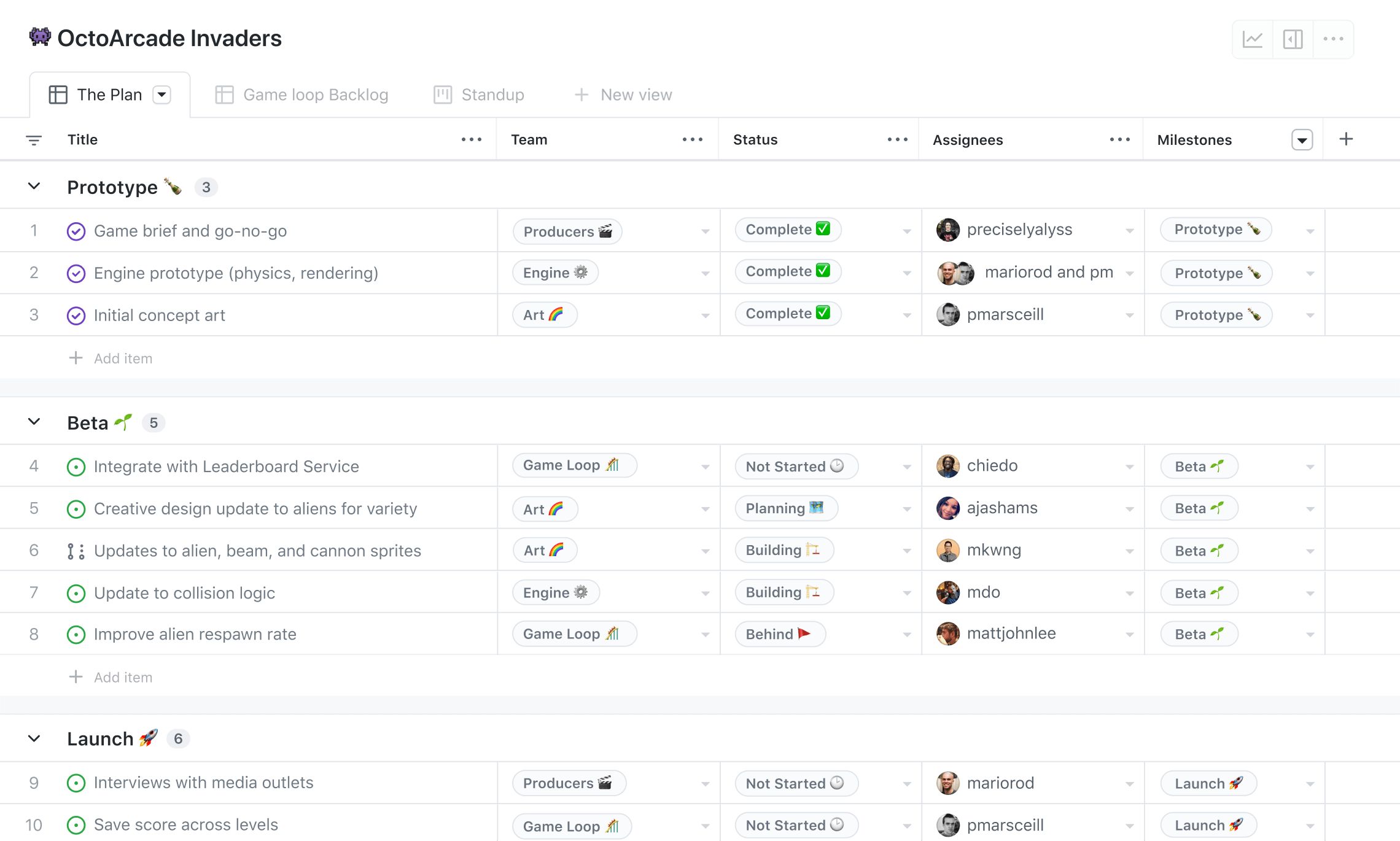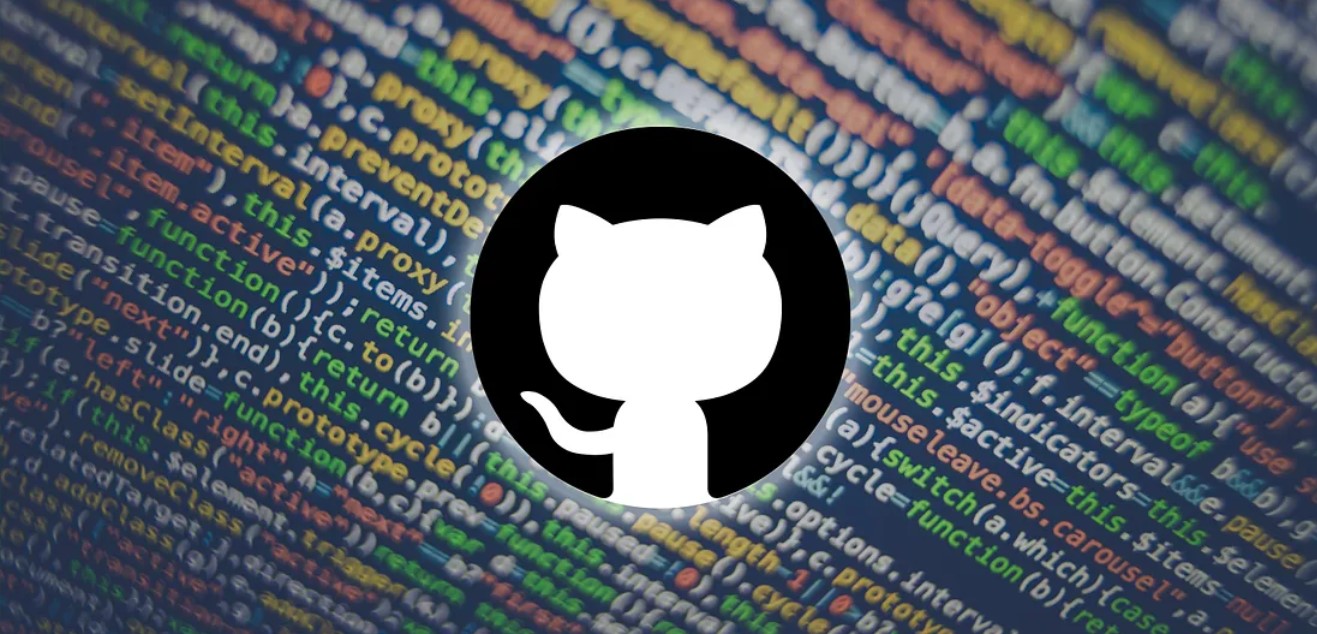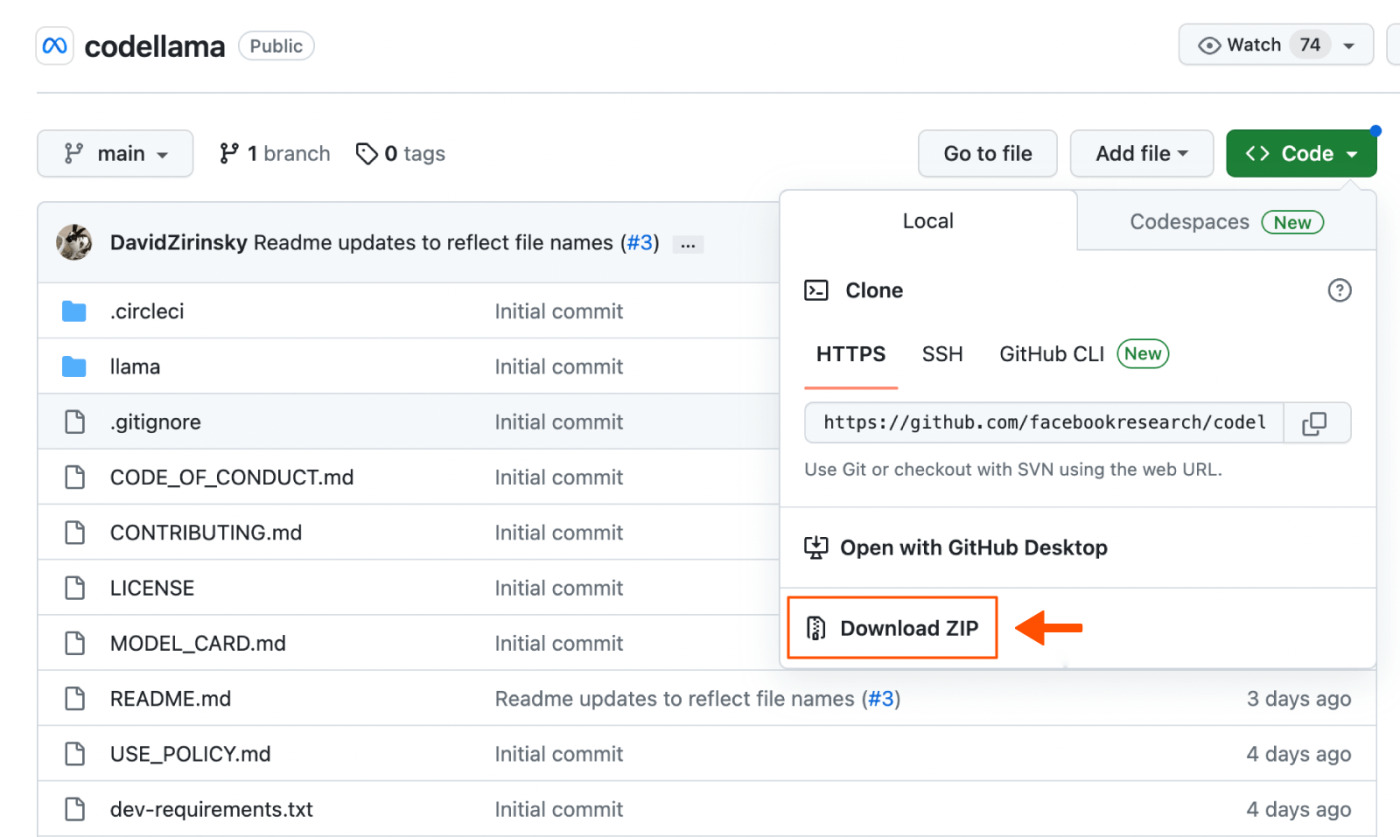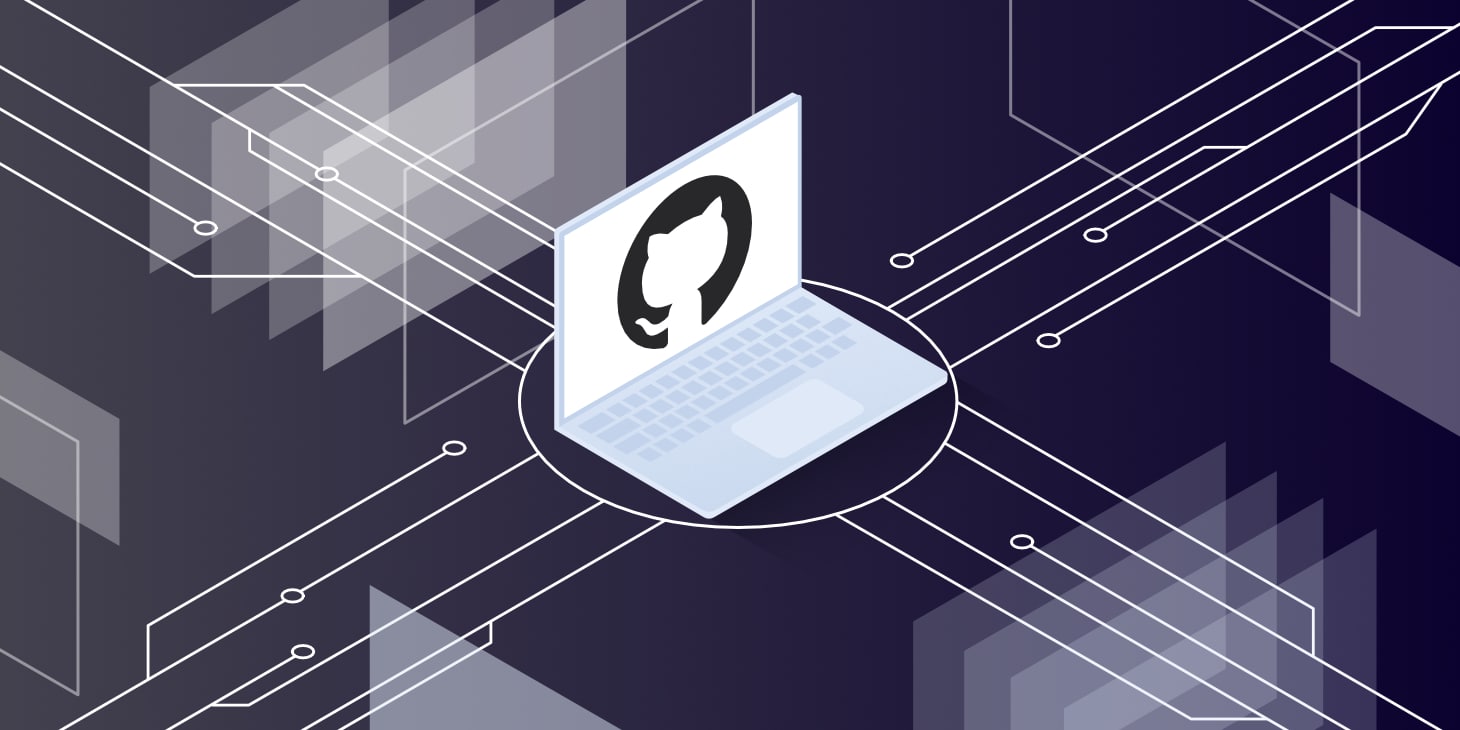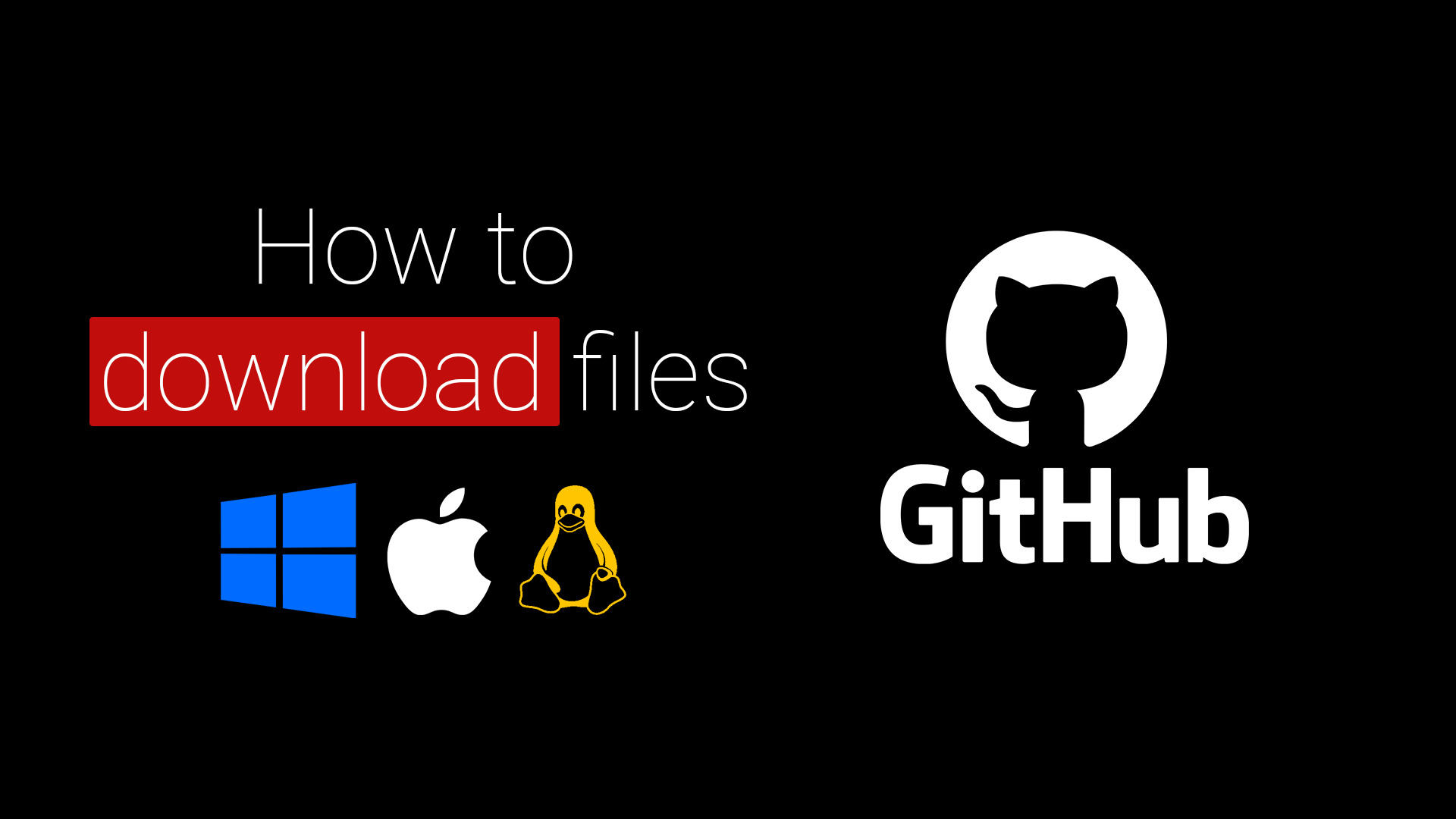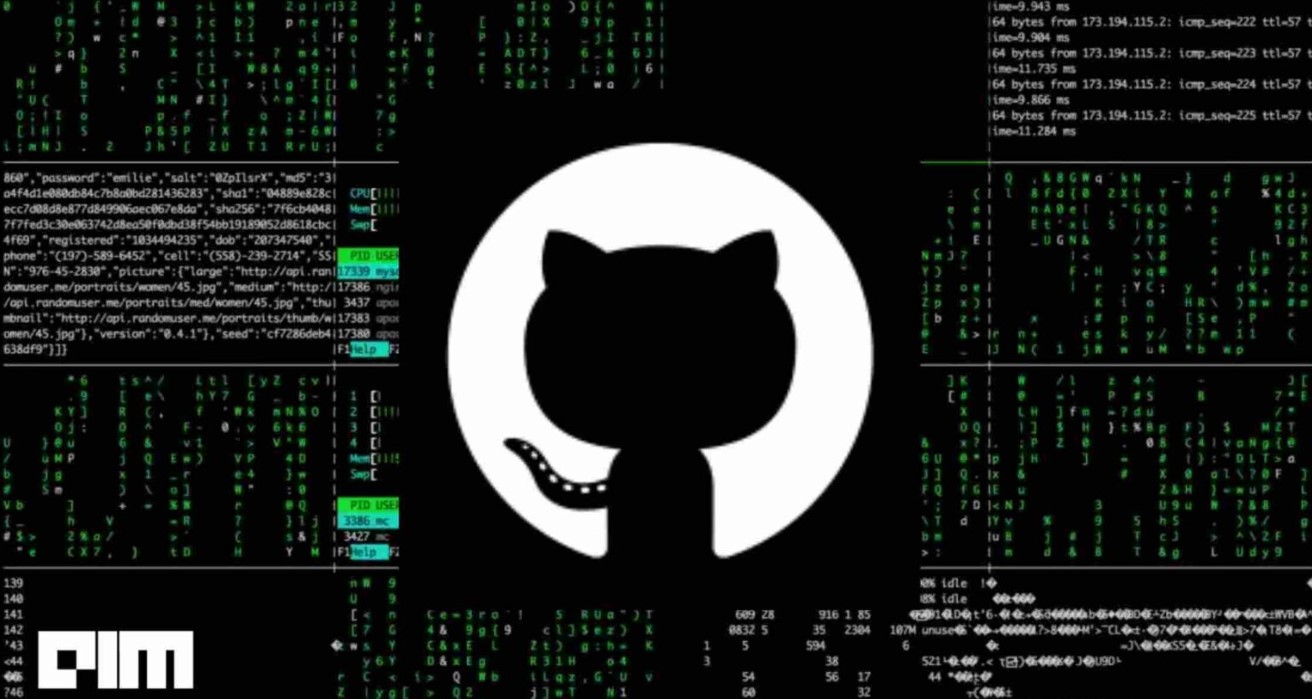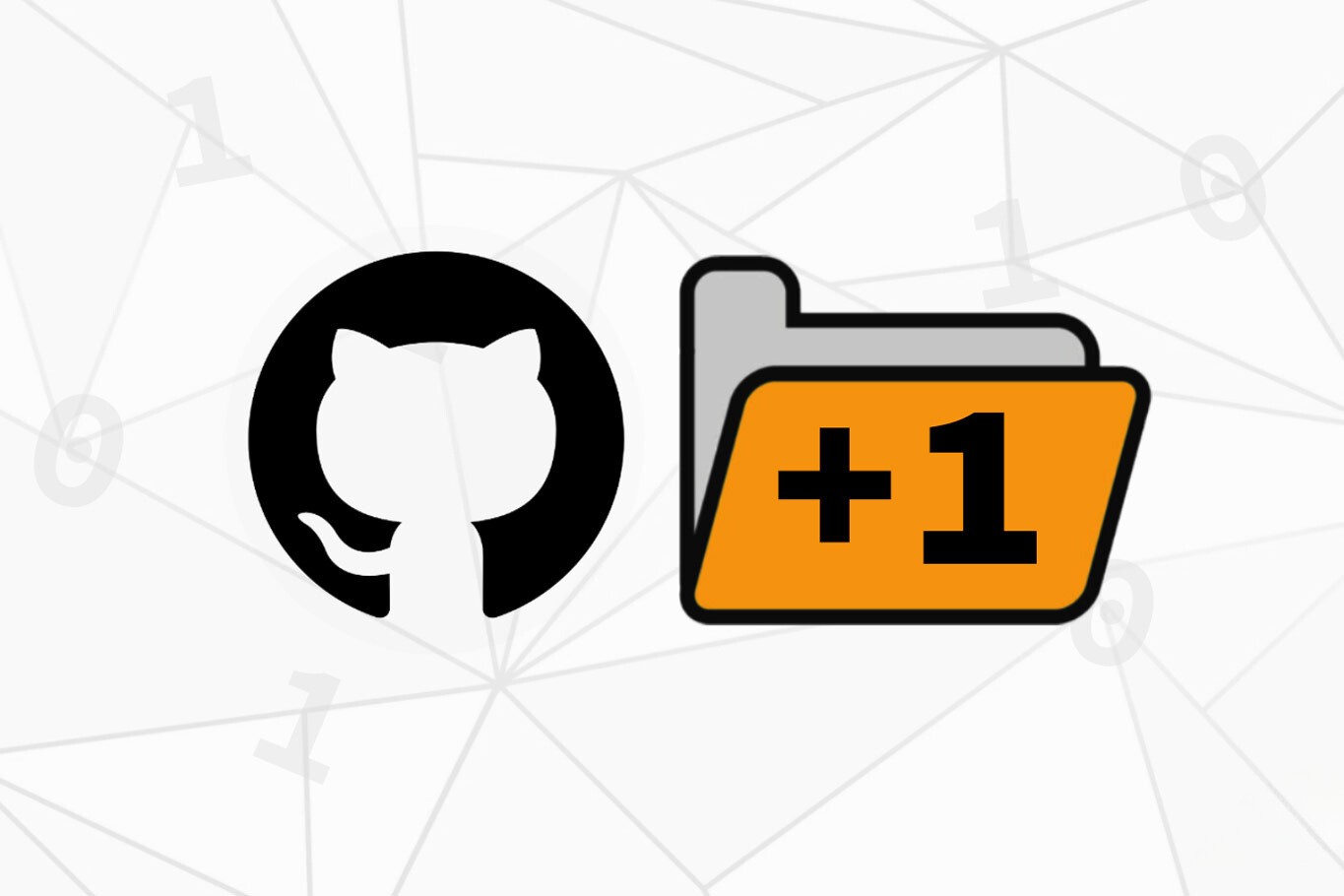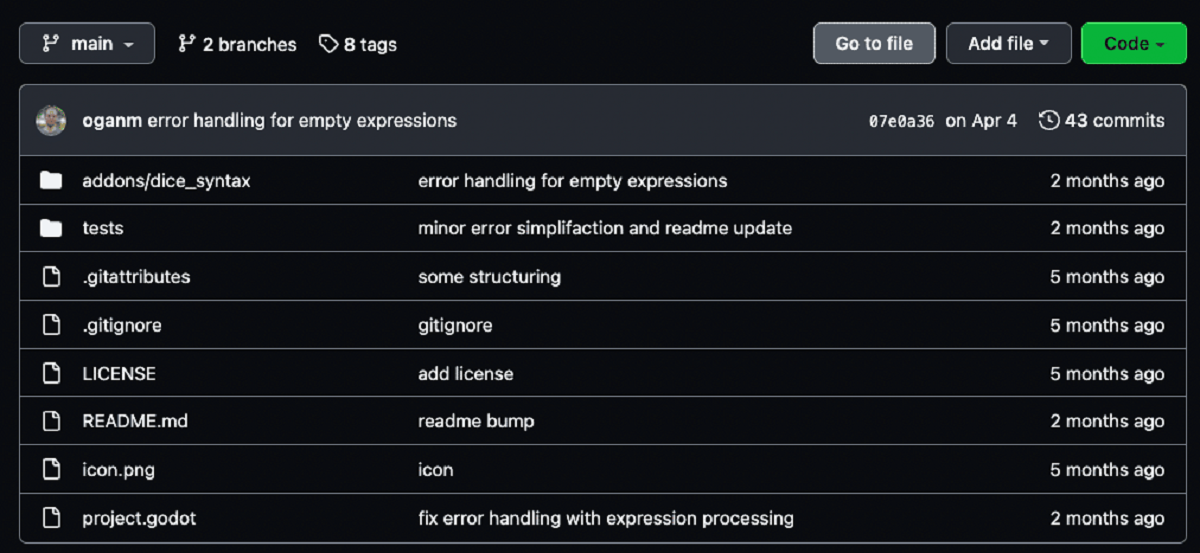Introduction
Github is a popular platform for developers to collaborate on projects and share code. It hosts millions of repositories containing open-source software, libraries, frameworks, and more. When you come across a Github project that interests you, you may want to download it to your local machine for further exploration or to contribute to the project. In this tutorial, we will guide you through the process of downloading a Github project in various ways.
Whether you are new to Github or a seasoned developer, it’s important to be familiar with the different methods available to download a project. Depending on your needs and preferences, you can choose to clone the project using HTTPS or SSH, or you can simply download it as a ZIP file. Each approach has its own advantages and may be more suitable for different situations.
By learning how to download a Github project, you can gain access to the source code, documentation, and any other resources associated with the project. This allows you to study the code, contribute to the project, or even modify it for your own purposes.
Throughout this tutorial, we will walk you through the step-by-step process of downloading a Github project using different methods. Whether you prefer working with the command line or using a graphical user interface, we’ve got you covered. So, let’s dive in and learn how to download a Github project!
Step 1: Find the GitHub project you want to download
Before you can download a Github project, you need to find the project you are interested in. Github hosts millions of repositories, covering a wide range of topics and technologies. Here are a few ways you can find the project you want to download:
- Search on Github: Use the search feature on the Github website to find projects based on keywords, topics, or even specific users or organizations. Simply enter your search query in the search bar and browse the results to find the project that matches your criteria.
- Browse through curated lists: Many online resources curate lists of popular or useful Github projects. You can find these lists on websites, developer forums, or even on social media platforms. These lists often categorize projects based on their purpose or technology, making it easier for you to find relevant projects.
- Follow recommendations: If you are part of the developer community, you might come across project recommendations from fellow developers. These recommendations can come from online forums, programming communities, or even through personal connections. Following recommendations from trusted sources can lead you to interesting and valuable Github projects to download.
Once you have found the Github project you want to download, make a note of the project’s name, author, and any other relevant details. Having these details handy will make it easier for you to locate the project and perform the download process.
Now that you have a project in mind, let’s move on to the next step and learn how to access the project’s page on Github.
Step 2: Access the project’s page
Once you have identified the Github project you want to download, the next step is to access the project’s page. The project’s page provides you with important information about the repository, such as the codebase, documentation, and any associated resources.
To access the project’s page, follow these steps:
- Open your web browser and go to the Github website (www.github.com).
- Sign in to your Github account. If you don’t have an account, you can register for free.
- On the Github homepage, you will find a search bar at the top of the page. Enter the name of the project or the username of the author, followed by a forward slash, and then the name of the project. For example, if you are searching for a project named “my-project” by the user “example-user,” you would enter “example-user/my-project”.
- Press Enter or click on the search icon to perform the search.
- The search results will display a list of repositories that match your search query. Look for the repository with the exact name and author that you are interested in.
- Click on the repository name to access the project’s page.
On the project’s page, you will find valuable information such as the project’s description, a list of files and directories, the project’s license, and any other relevant details. This page serves as the hub for all things related to the project on Github.
Take your time to explore the project’s page and familiarize yourself with the available information. Understanding the structure and contents of the project will make it easier for you to proceed with the download process, whether you choose to clone the project or download it as a ZIP file.
In the next step, we will cover how to clone the project using HTTPS. This method allows you to create a local copy of the repository and enables you to easily sync any changes made to the project in the future.
Step 3: Clone the project using HTTPS
Cloning a Github project using HTTPS allows you to create a local copy of the repository on your machine. This method is convenient and widely used, especially if you prefer working with version control systems like Git. Here’s how you can clone a Github project using HTTPS:
- On the project’s page in Github, click on the green “Code” button.
- A dropdown menu will appear, providing you with options to clone the repository using different methods. Select the option that says “HTTPS” to clone the project using HTTPS.
- Click on the clipboard icon next to the URL to copy the clone URL.
- Open your terminal or command line interface.
- Navigate to the directory where you want to clone the project.
- Enter the command “git clone” followed by the cloned URL. It should look something like this:
git clone https://github.com/username/repository.git - Press Enter to execute the command.
- Git will start cloning the project, downloading all the necessary files and directories to your local machine.
- Once the cloning process is complete, you will have a local copy of the Github project on your machine. You can now navigate to the project’s directory and start working with it.
If you make any changes to the project, you can easily sync those changes back to the Github repository using Git commands such as commit and push. This allows you to collaborate with other contributors and maintain a version-controlled history of the project.
Cloning a Github project using HTTPS is a powerful method that enables you to have full control over the project’s codebase. However, if you prefer not to use Git or version control systems, you can also download the project as a ZIP file. Let’s explore this alternative method in the next step.
Step 4: Clone the project using SSH
In addition to cloning a Github project using HTTPS, you can also use SSH for authentication and cloning purposes. SSH offers added security and convenience, especially for users who have set up SSH keys on their machines and Github accounts. Here’s how you can clone a Github project using SSH:
- On the project’s page in Github, click on the green “Code” button.
- A dropdown menu will appear, providing you with options to clone the repository using different methods. Select the option that says “SSH” to clone the project using SSH.
- Click on the clipboard icon next to the URL to copy the clone URL.
- Open your terminal or command line interface.
- Navigate to the directory where you want to clone the project.
- Enter the command “git clone” followed by the cloned URL. It should look something like this:
git clone git@github.com:username/repository.git - Press Enter to execute the command.
- Git will start cloning the project, downloading all the necessary files and directories to your local machine.
- Once the cloning process is complete, you will have a local copy of the Github project on your machine. You can now navigate to the project’s directory and start working with it.
Cloning a Github project using SSH is an excellent option for users who have already set up SSH keys. It provides a secure and efficient way to authenticate and clone repositories without the need for entering passwords. If you haven’t set up SSH keys yet, Github provides detailed documentation on how to generate SSH keys and add them to your Github account.
The next step will cover how to download a Github project as a ZIP file, an alternative method for users who prefer not to use version control systems. Let’s explore this option in detail.
Step 5: Download the project as a ZIP file
If you prefer not to use Git or version control systems like cloning, Github offers a simple and straightforward method to download a project as a ZIP file. This method allows you to have a local copy of the project without the need for using Git commands or setting up SSH keys. Follow these steps to download a Github project as a ZIP file:
- On the project’s page in Github, click on the green “Code” button.
- A dropdown menu will appear, providing you with options to clone or download the repository. Select the option that says “Download ZIP.
- The project will start downloading as a compressed ZIP file to your default downloads folder or the folder you specified.
- Once the download is complete, locate the ZIP file on your machine.
- Extract the ZIP file to your desired location. You can do this by right-clicking on the ZIP file and selecting the “Extract” option or using a file extraction tool.
- After extracting the ZIP file, you will have a folder containing all the project’s files and directories.
Downloading a Github project as a ZIP file is a convenient option if you only need the project’s code without the history or version control features provided by Git. This method is also useful if you want to quickly browse or use the project’s files without the need for cloning the entire repository.
Now that you have learned how to clone a Github project using HTTPS and SSH or download it as a ZIP file, you have various options to obtain a local copy of the project. Choose the method that best suits your needs and preferences.
In the next section, we will conclude this tutorial by summarizing the key points and discussing the benefits of downloading Github projects for developers.
Step 6: Extract the ZIP file to your desired location
Once you have downloaded a Github project as a ZIP file, the final step is to extract the contents of the ZIP file to your desired location on your local machine. Extracting the ZIP file will give you access to all the files and directories within the project. Here’s how you can extract the ZIP file:
- Locate the downloaded ZIP file on your machine. It is usually located in your default downloads folder or the folder you specified.
- Right-click on the ZIP file and select “Extract” or “Extract All”. This action will open a file extraction dialog box.
- Choose the destination location where you want to extract the contents of the ZIP file. You can either select an existing folder or create a new folder to extract the files into.
- Click on the “Extract” or “OK” button to start the extraction process.
- The files and directories within the ZIP file will be extracted to the specified location.
After extracting the ZIP file, you will have a fully accessible and functional copy of the Github project on your local machine. You can now navigate to the extracted folder and explore the project’s code, documentation, and any other resources it may contain.
Keep in mind that the extracted files are static copies of the project at the time of download. If you plan to make contributions to the project or want to receive updates in the future, it is recommended to clone the project using Git instead.
By following the steps outlined in this tutorial, you have learned how to download a Github project using different methods, such as cloning with HTTPS or SSH, as well as downloading as a ZIP file. These methods provide you with the flexibility to choose the approach that suits your preferences and use cases.
Now that you have a local copy of the Github project, you are ready to dive deeper into the code, contribute to the project, or use it for your own purposes. Happy coding!
Conclusion
Downloading Github projects is an essential skill for developers, allowing you to access, explore, and contribute to open-source projects. In this tutorial, we covered multiple methods to download Github projects, including cloning with HTTPS or SSH, and downloading as a ZIP file.
By following the step-by-step instructions, you can easily find the desired Github project, access its page, and choose the most appropriate method for downloading. Whether you prefer the power and flexibility of Git with cloning, or the simplicity of downloading a ZIP file, you have options to suit your needs.
Cloning a project with Git gives you the advantage of version control, allowing you to track changes, collaborate with others, and easily sync any updates in the future. Furthermore, using SSH for authentication can provide an added layer of security for users who have set up SSH keys.
On the other hand, downloading a project as a ZIP file is a convenient option if you only need the code without version tracking. It allows you to quickly explore or use the project’s files without the overhead of setting up Git.
Once you have the Github project on your local machine, whether cloned or extracted from a ZIP file, you can start studying the code, making modifications, contributing to the project, or using it as a base for your own work.
Remember to stay engaged with the Github community, explore curated lists, and follow project recommendations to discover interesting projects. Cloning or downloading projects from Github not only expands your knowledge and skills but also connects you with the vibrant developer community.
Now that you are equipped with the knowledge to download Github projects, go ahead and explore the vast world of open-source software, collaborate with fellow developers, and create amazing things!







